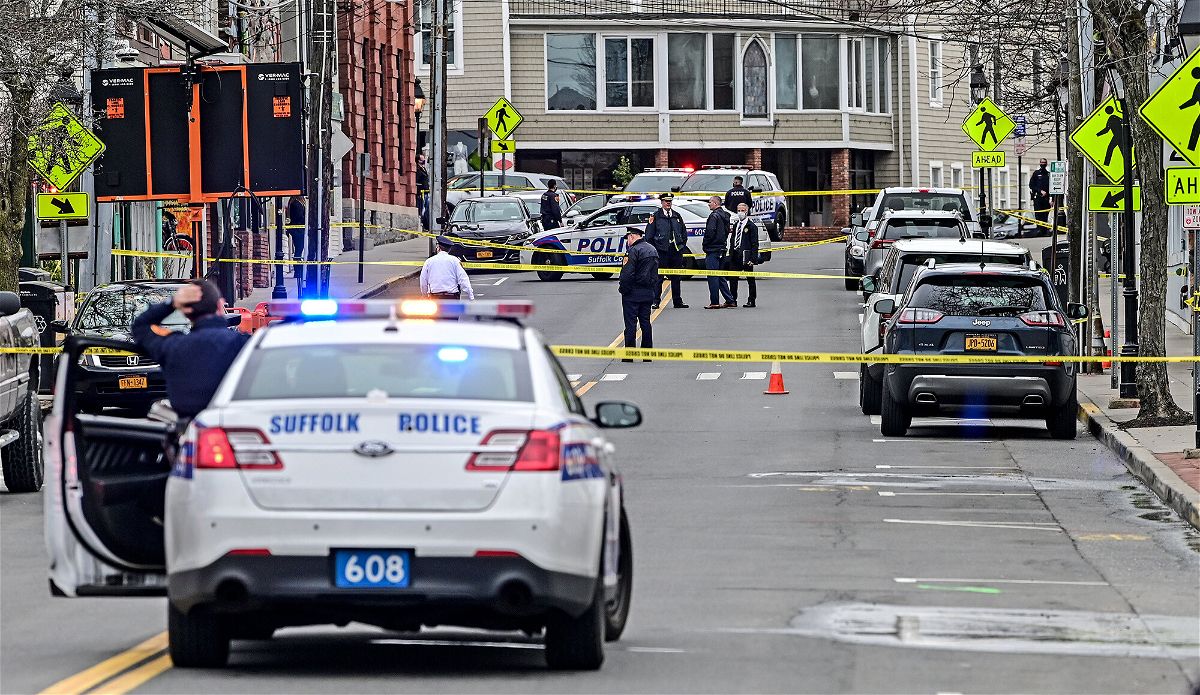2021 US firearm homicide and suicide rates were highest since the 1990s, CDC data shows

US firearm homicide and suicide rates each increased by more than 8% from 2020 to 2021
By Naomi Thomas, CNN
US firearm homicide and suicide rates each increased by more than 8% from 2020 to 2021, according to data published Thursday in the US Centers for Disease Control and Prevention’s Morbidity and Mortality Weekly Report.
CDC researchers estimated that there were over 20,000 firearm homicides and over 26,000 firearm suicides in the United States in 2021.
The firearm homicide rate was 8.3% higher in 2021 than it was in 2020. There were increases among males and females and the highest rate tended to be among 25- to 44-year-olds. All racial and ethnic populations in that age group experienced increases and non-Hispanic Black or African American people continued to experience the highest firearm homicide rates for every age.
Firearm suicide rates among people 10 years old and older also increased by 8.3% from 2020 to 2021. American Indian or Alaska Native people had the highest firearm suicide rates for people under the age of 45. For those 45 and older, White people had the highest rates.
The percentage of homicides attributed to firearm injuries rose from 79% in 2020 to 81% in 2021, the highest percentage in more than 50 years. For suicides attributable to firearm injuries, the percentage rose from 53% in 2020 to 55% in 2021, the highest percentage since 2001.
“The overall U.S. firearm homicide and firearm suicide rates in 2021 were the highest documented since 1993 and 1990, respectively,” the report said. “Some racial and ethnic groups experienced substantially higher rates in 2021, and among some groups, disparities continued to widen.”
The researchers note that the analysis can’t explain the reasons for increases, but there are “multiple” social and structural conditions that are associated with the risks.
“Systemic inequities (e.g., in economic, educational, housing, and employment opportunities) and structural racism have contributed to disparities in outcomes, and the COVID-19 pandemic could have worsened these conditions, especially in some racial and ethnic communities,” the report said.
The findings underscore the urgent need for prevention efforts, the researchers say, adding that public health can facilitate collaboration across sectors, which include health, law enforcement, education and social services, to implement an approach based on the best available evidence. CDC has also released Technical Packages for Violence Prevention. Prevention efforts can include street outreach and hospital-based interventions, they say.
CDC researchers used final 2020 and provisional 2021 data from the National Vital Statistics System mortality data and US Census Bureau population estimates to examine all homicide and suicide rates, firearm homicide and suicide rates and the percentage of homicides and suicides from firearm injuries.
The research has some limitations, including that 2021 data are provisional and rates for some population groups were not able to be reported due to small counts.
The-CNN-Wire
™ & © 2022 Cable News Network, Inc., a Warner Bros. Discovery Company. All rights reserved.